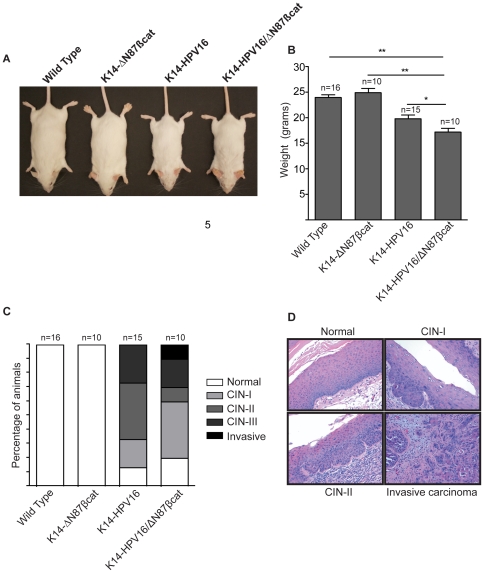Figure 8. Body weights of K14-HPV16/ΔN87βcat mice.
A) Whole body images of the four genotypes are given. B) Average body weights at approximately 5 months of age for the four experimental groups. (*p<0.05, **p<0.001) are shown. Bars represent mean values, and error bars represent standard deviations. Statistical analysis was done using the independent t-test. C) Distribution of cervical pathologies. Histopathological analyses of wild type, K14-ΔN87βcat, K14-HPV16, and K14-HPV16/ΔN87βcat cervical sections are shown. We did not detect cervical pathology in wild type (0/16) and K14-ΔN87βcat (0/10) animals. K14-HPV16 pathology varied as follows: cervical intraepithelial neoplasia-I (CIN-I), (3/15); CIN-II, (6/15); and CIN-III, (4/15). The frequency of normal cervical histology was (2/15). K14-HPV16/ΔN87βcat pathologies included CIN-I (4/10), CIN-II (1/10), CIN-III (2/10), and invasive tumor (1/10). Twenty percent exhibited normal histology (2/10). The average times of estrogen treatment of wild type, K14-ΔN87βcat, K14-HPV16, and K14-HPV16/ΔN87βcat mice were, respectively, 4.6, 4.6, 4.4, and 3.8 months. D) K14-HPV16/ΔN87βcat cervical histopathology. H&E stained slides of cervical tissues were analyzed for pathology. A representative case from each histopathological group is shown.

